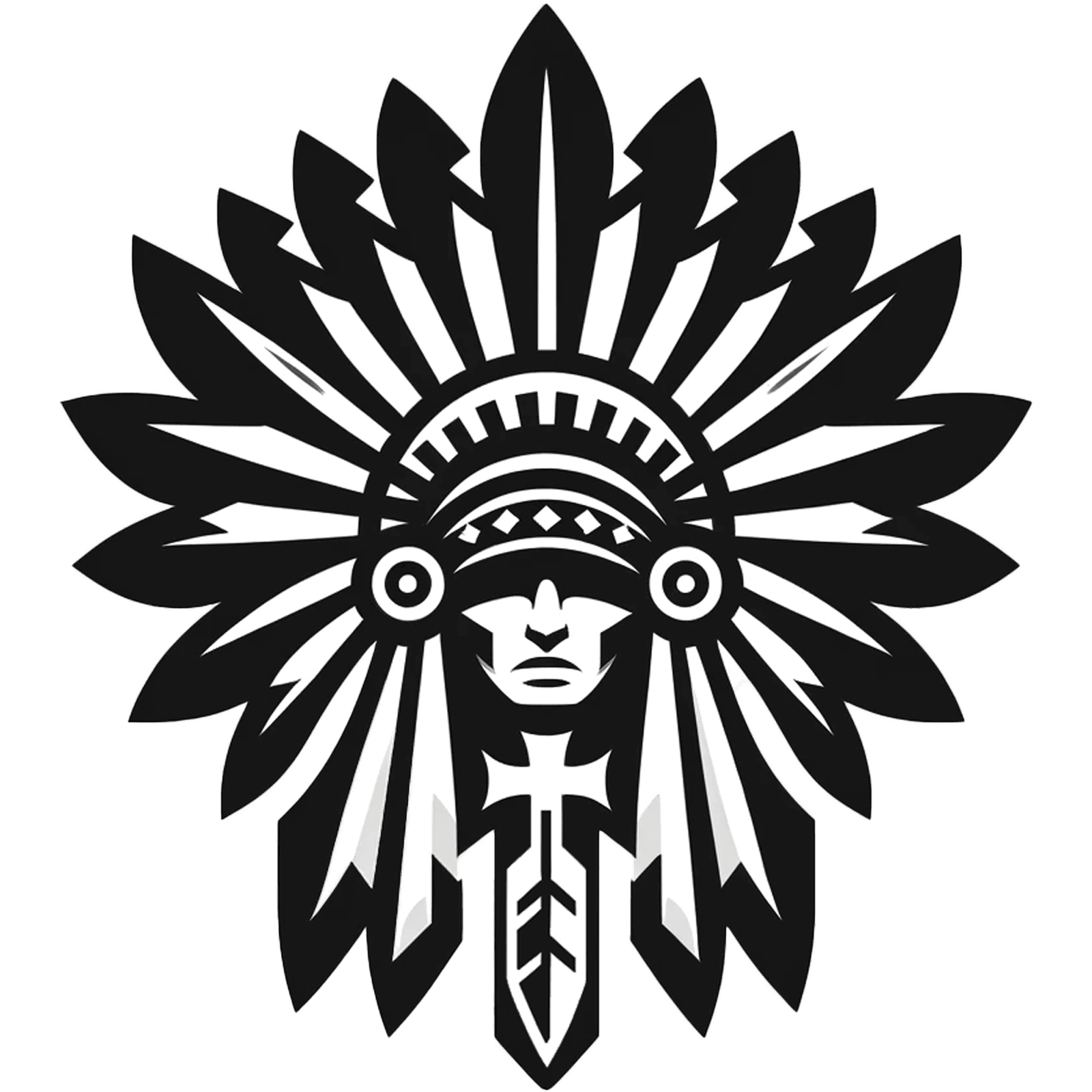This year at the KU Powwow, I watched something holy happen. Corrin Lamere — a Haskell student who had suffered a massive stroke during the same powwow just one year prior — walked back into the arena. Last year, her body collapsed mid-dance. This year, she walked in strength, leading a Jingle Dress Special surrounded by family, dancers, and a wave of quiet tears.
The community that once fell into silence and prayer was now standing in awe of the healing we had hoped for. Corrin’s return wasn’t just a recovery — it was something deeper. It was resurrection.
And as we move into Easter weekend, I can’t stop thinking about what that means.
Easter Begins in Trauma
We like to skip to the good part — empty tomb, joyful songs, lilies on the altar — but the truth is, Easter begins in heartbreak.
It begins with betrayal, violence, injustice, and death.
Jesus, or as we say in the First Nations Version, Creator Sets Free, was wrongfully arrested, mocked, beaten, and crucified by the very people he came to love. His closest friends deserted him. His mother watched him die. His body was laid in a tomb, and the world went quiet.
“The one you are looking for is not here. Creator Sets Free (Jesus), who was killed on the cross, has come back to life again—just as he said.”
— Matthew 28:6, FNV
As Native people, we know what trauma looks like.
We’ve lived through generations of death, erasure, and mourning. Our stories are not neat and clean. Boarding schools. Displacement. Cultural genocide. The crosses we’ve carried have names like Sand Creek, Wounded Knee, and Carlisle.
So when we look at the cross, we don’t see something foreign — we see a story we recognize.
But here’s the good news:
Easter doesn’t skip the suffering. It transforms it.
The Silence of Saturday
Between death and resurrection, there is a day we rarely talk about — Saturday. The day when Jesus was still in the grave. The day when nothing made sense.
For his followers, it was a day of waiting, weeping, and wondering if it had all been for nothing.
Many of us live in that “Saturday space.”
The diagnosis hasn’t changed.
The prayer hasn’t been answered.
The person we lost isn’t coming back.
The community we love is still hurting.
But here’s what Easter tells us:
God is still working, even in the silence.
Even when it looks like the story is over.
Resurrection Is a Return
When Jesus rose from the dead, he didn’t come back as a ghost or a memory — he came back in his body. With scars. With history. With love still in his hands.
Resurrection is not erasure — it’s restoration.
He returned to the very people who had abandoned him. He ate meals. He walked roads. He let them touch his wounds.
And he reminded them: “You are still part of this story.”
That’s what resurrection does.
It brings people back to the circle.
It restores what was lost.
It says: you still belong.
For Native people, resurrection looks like language coming back to life, ceremonies being honored, dancers entering the arena, elders telling stories, and students walking in their true identity again.
It looks like Corrin returning to the circle.
The Circle Is a Resurrection Shape
The Western world often tells stories in straight lines: beginning, middle, end. But for many Native nations, the story moves in circles.
The sun rises and sets.
The drumbeat moves in rounds.
The powwow is a circle of life, memory, and renewal.
Talking Circle, Hoop Dance, even our seasons — all echo the shape of resurrection.
The tomb is not the end. It’s a turning point.
Jesus walked out of it, not just to escape death — but to begin something new.
Creator Walks With Us
One of my favorite resurrection stories is from Luke 24.
Two disciples are walking along the road to a village called Emmaus. They are grieving. Confused. Talking about how everything they hoped for had fallen apart.
Then a man joins them. They don’t recognize him at first, but it’s Jesus.
And what does he do?
He walks with them.
He listens to them.
He explains the scriptures.
He eats a meal.
Only then do their eyes open.
Only then do they realize: “Wasn’t your heart burning too?”
That’s Easter. Creator walking with us, even when we don’t see him yet.
Creator sitting with us, even in our confusion and doubt.
Creator speaking, not with judgment — but with presence.
Resurrection Today
Easter is not just something that happened back then.
It’s something happening right now.
Wherever there is healing — that’s resurrection.
Wherever there is forgiveness — that’s resurrection.
Wherever someone chooses love instead of fear, truth instead of silence, courage instead of despair — that’s resurrection.
And it’s available to all of us.
So What Now?
Maybe you’re like Corrin — walking back into the circle after a season of deep suffering.
Maybe you’re still in the silence of Saturday.
Maybe you’re somewhere in between — trying to believe resurrection is real but struggling to see it.
Wherever you are: there is room for you in this story.
Because the tomb is still empty.
The circle is still open.
And Creator Sets Free is still raising people to life.





